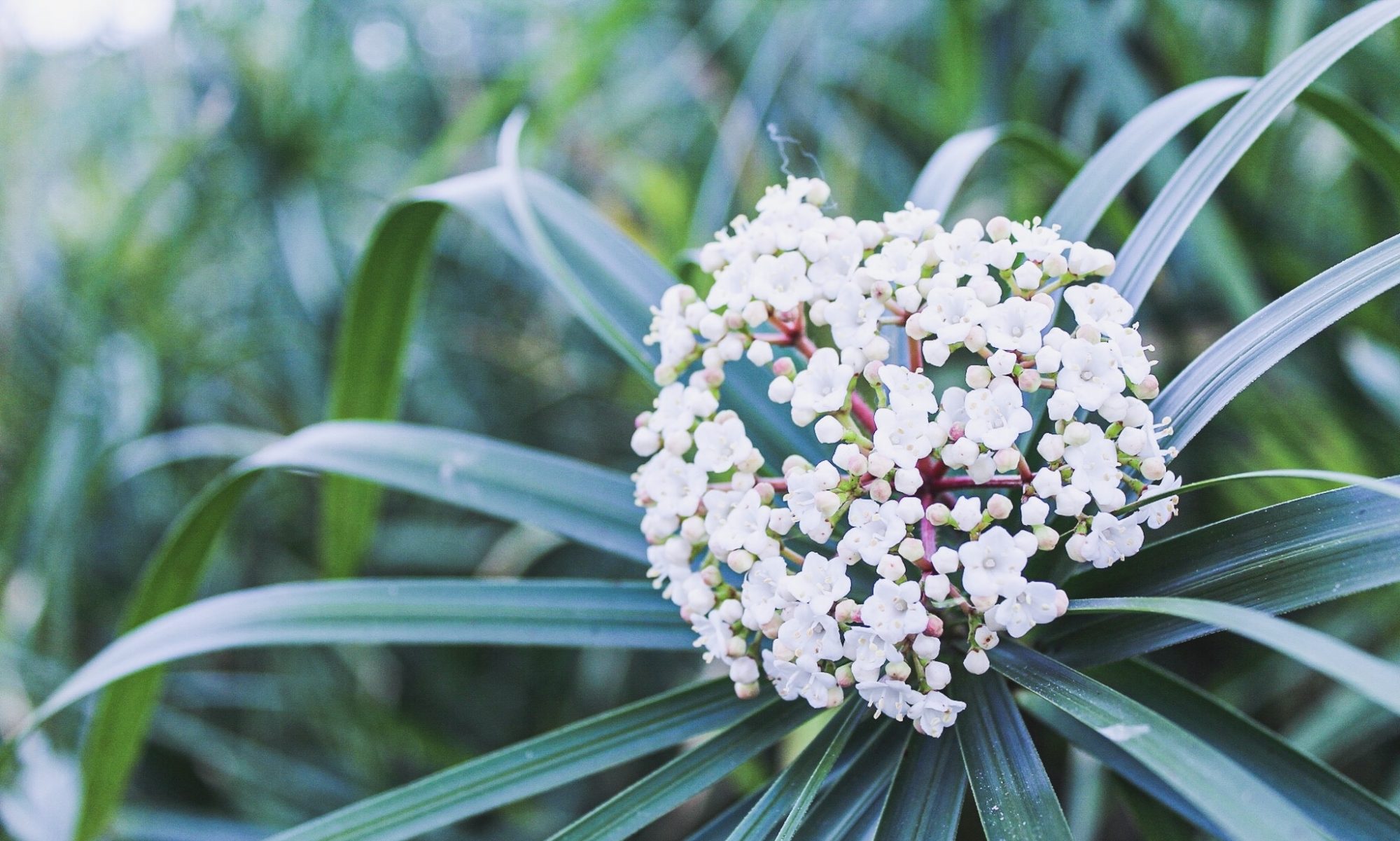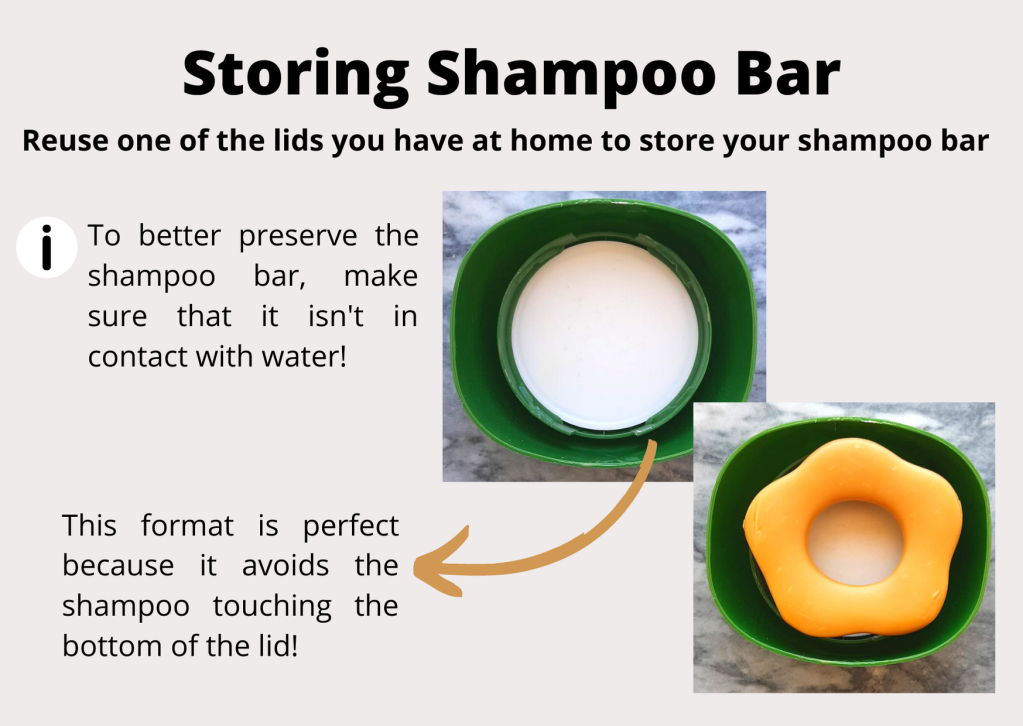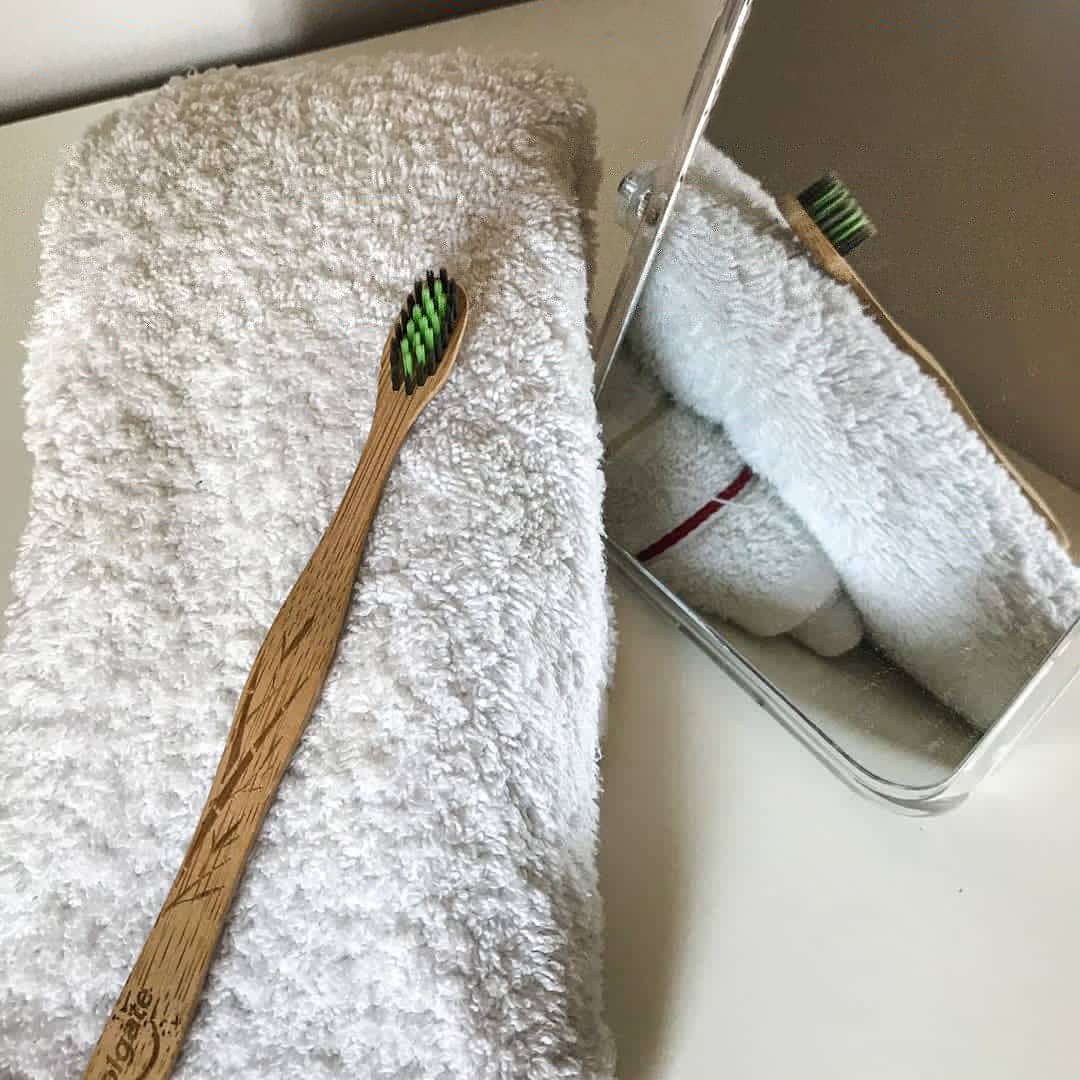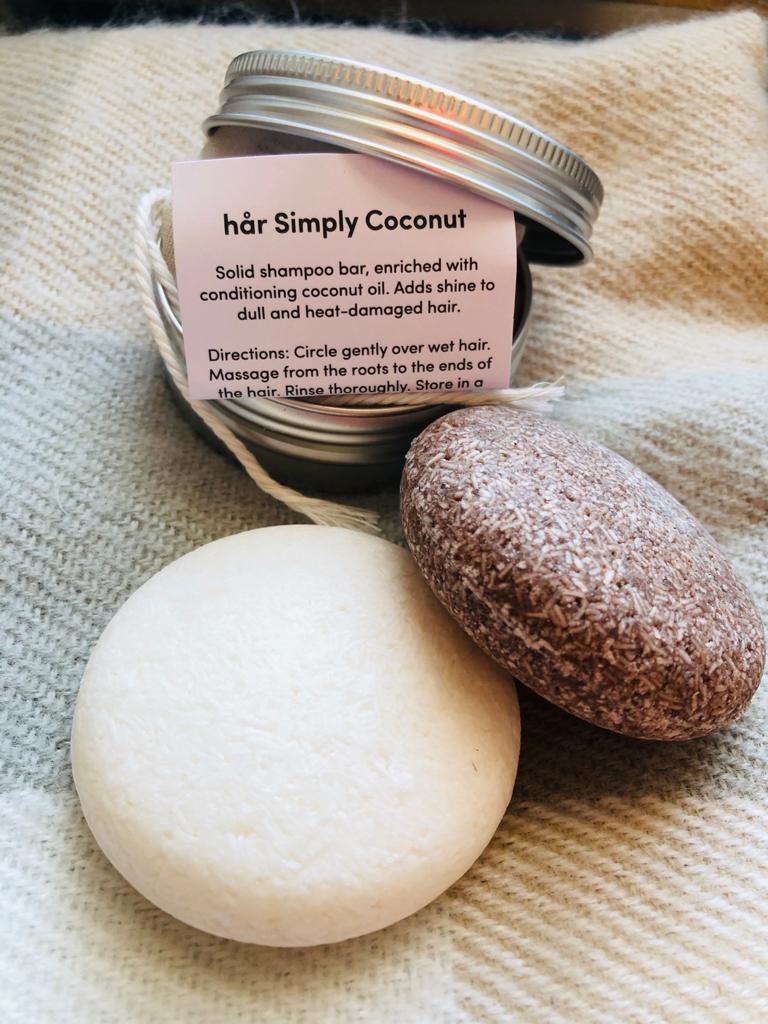Deodorant is for many of us the most important hygiene product. Some people even bring one in their purse just in case they need it. And… can we blame them? They just want to feel confident and fresh all day long and there is nothing wrong with that. Oh wait, there might be a problem!
Deodorants are a substance used to overcome body odour (caused by the combination of sweat and bacteria). Usually, deodorants are available in supermarkets in two forms: spray and roll-on. A conventional deodorant like those contains triclosan, parabens, aerosol and many other chemicals that are dangerous to your body as well as to the environment.
Ingredients’ analysis
Triclosan is a powerful anti-bacterial agent. You might have heard this name in other articles and that is because it’s a beauty industry well known chemical. Triclosan cannot be filtered out during waste water treatment therefor most of it ends up in the rivers, seas, etc. Since triclosan is toxic to algae and there are a lot of marine animals depending on it as a food source, it represents a serious threat.
Parabens are chemical substances that help to stop fungus, bacteria and other microbes from growing in our products. Among the many studies that were conducted to connect this substance to human health problems, a scientific study reported that parabens are also linked to ecological harm since they have been detected in surface waters, sediments and in the bodies of marine species.
Spray deodorants contain aerosol which has been claimed to contain chlorofluorocarbon. Chlorofluorocarbon is known to be a big threat to the Ozone Layer. However, and since the Montreal Protocol – an international treaty designed to protect the ozone layer by phasing out the production of numerous substances that are responsible for ozone depletion – chlorofluorocarbons have been replaced for less harming substances. Still, there is no assurance that every cosmetic industry follows this protocol while producing deodorants.
Packaging
Conventional deodorant containers are generally made of plastics like polyethylene and polypropylene that are recyclable. However, many of these containers contain more than one type of plastic, making them mixed-material items that can’t be recycled all in one piece. In addition, deodorant spray cans contain propellants which are petrochemical based.
Advices + eco-friendly options
Read the labels: before purchasing make sure to check the ingredients list even if it’s labelled as “natural”. Always prefer the fragrance-free and parabens-free options.
Look at the packaging: is it made of recycled materials? Will you be able to recycle it afterwards? Is it package free? Always prefer solid deodorants with little to no packaging like the ones sold in Lush, Ben&Anna and We Love the Planet.

References:
Bloch, M. (2009, July 4). Deodorant, antiperspirant and the environment. Retrieved from https://www.greenlivingtips.com/articles/Deodorant-and-the-environment.html on September 12th, 2020.
Pandey, M. (2014, February 15). 10 Reasons why deodorants are bad for the environment. Retrieved from http://naturalquestproducts.com/articles/top-10-reasons-why-deodorants-are-bad-for-environment/ on September 12th, 2020.
Stoiber, T. (2019, April 9). What are parabens, and why don’t they belong in cosmetics. Retrieved from https://www.ewg.org/californiacosmetics/parabens on September 12th, 2020.
Recyclebank Website (2016, March 22). Can I recycle deodorant containers? Retrieved from https://livegreen.recyclebank.com/column/because-you-asked/can-i-recycle-deodorant-containers on September 12th, 2020.









